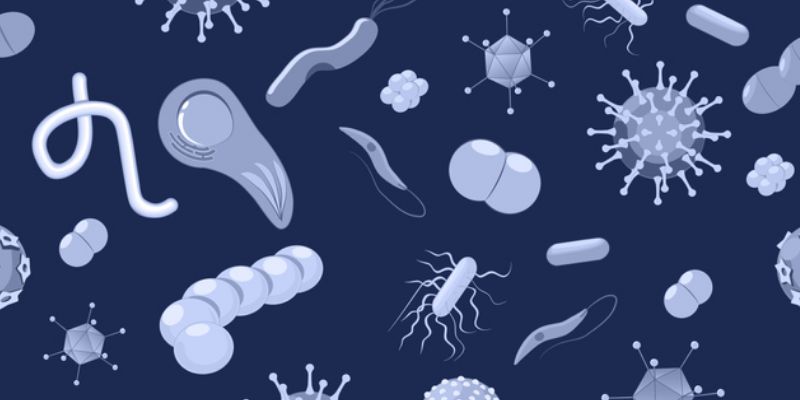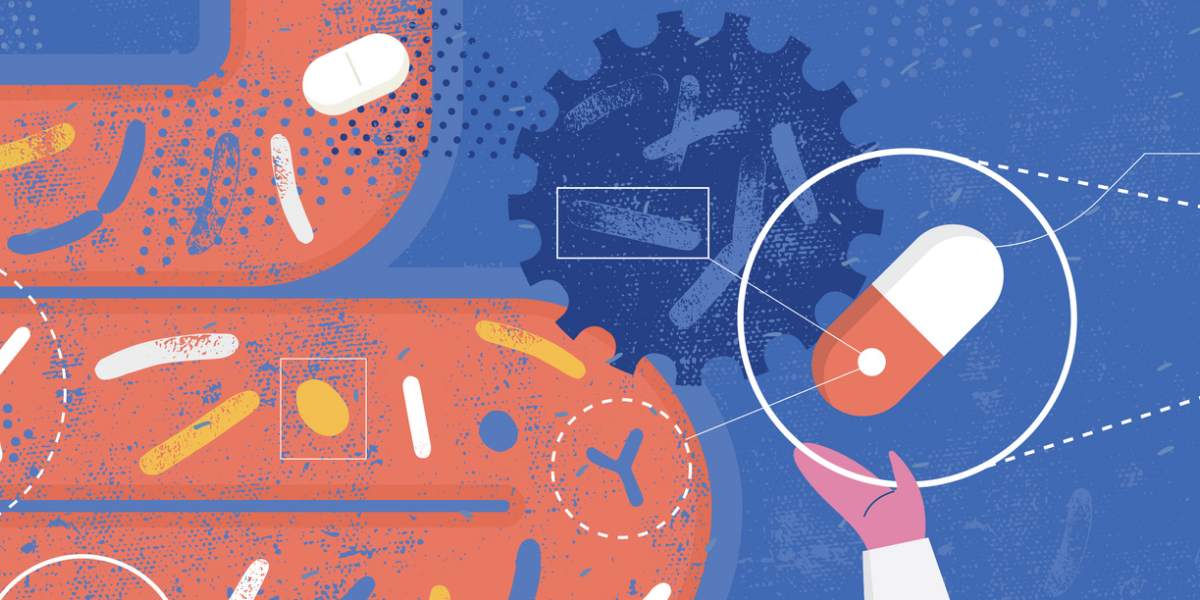The small intestine plays an important role in both digestion and in the endocrine response to regulate blood glucose levels.
In the 21st century, a number of drugs have been developed which are based on the hormones secreted by the small intestine.
Role of the small intestine
The small intestine is made up from the duodenum, the jejunum and the ileum.
The small intestine enables the body to absorb the macronutrients ( carbohydrate , protein and fats ) as well as vitamins and minerals.
The small intestine is lined with very small finger like projections which provide a very large surface area helping the small intestine to absorb the nutrients.
An additional role of the small intestine is its part in the endocrine system.
When food passes into different parts of the small intestine, receptor cells respond to the presence of macronutrients and respond by releasing hormones which trigger the endocrine system to release or inhibit hormones such as insulin and glucagon , which then influence our blood glucose levels.
Hormones of the small intestine
The following hormones are released by the small intestine:
- Gastric inhibitory polypeptide (GIP) stimulates insulin
- Glucagon-like-peptide-1 (GLP-1) stimulates insulin release and inhibits glucagon release
- Glucagon-like-peptide-2 (GLP-2) increases absorption of nutrients and stimulates glucagon release
- Peptide YY reduces appetite
The injectable drugs for type 2 diabetes, Byetta, Victoza and Bydureo, are called incretin mimetics because they act in a similar way to the incretin GLP-1.
- Read more about incretin mimetics
Type 2 diabetes and ileum transposition surgery
Ileum transposition surgery involves cutting a portion of the ileum and attaching it higher up the small intestine, just below the stomach
With the ileum transposed higher up the small intestine, the body’s hormonal response to the presence of food is enhanced. A key hormone that is stimulated is GLP-1 which helps to prevent hypergylcemia and therefore helps to improve diabetes control.
Type 2 diabetes and the Endobarrier
The Endobarrier is a plastic tube that is fitted into someone with type 2 diabetes. The tube is anchored in place at the top of the small intestine and the sleeve lines the upper portion of the small intestine.
The Endobarrier prevents nutrients being absorbed in the upper part of the small intestine, and similar to ileum transposition surgery, the body’s hormonal response is improved by the Endobarrier helping to significantly reduce blood glucose levels.
- Read more about the Endobarrier
The small intestine and coeliac disease
Coeliac disease is an autoimmune disease that damages the villi in the small intestine, reducing the avilable surface area and therefore decreasing the small intestine’s ability to absorb nutrients.
People with type 1 diabetes have an increased risk of having coeliac disease. The presence of both coeliac disease and type 1 diabetes can make blood glucose levels harder to control.
- Read more on diabetes and coeliac disease




